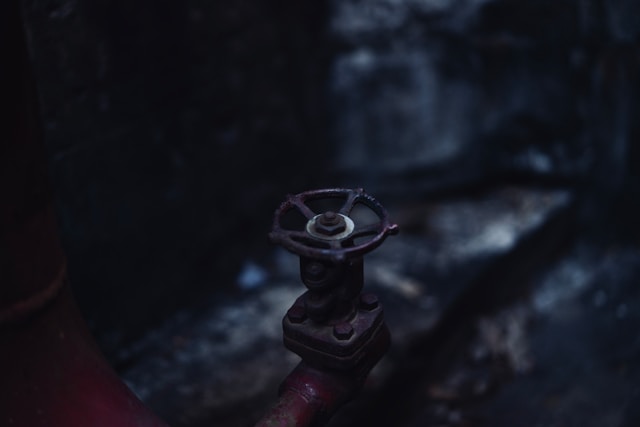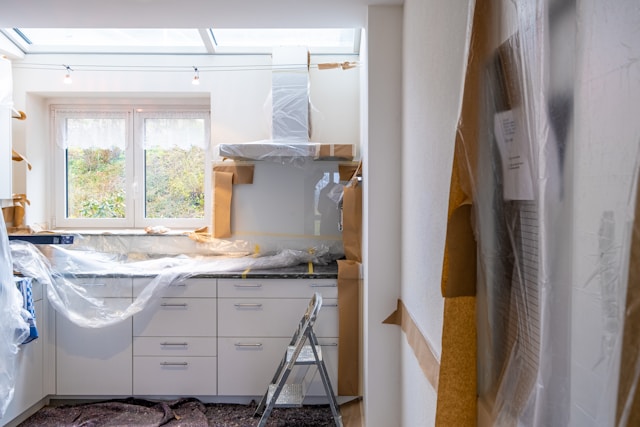Hydraulic mobile hoses are exposed to natural wear and tear like any other equipment. With regular visual inspections, hoses can last longer and help improve production speed.
Cut the broken back of the tubing, if possible. Clean the area around the cut thoroughly to eliminate dirt, dust or other contaminants that could contaminate the hydraulic fluid. Lubricate new seals and ensure that the hose-to-fitting interface is tightly connected without being overtightened.
Reduce Downtime
Hydraulic hoses must perform at optimal levels to ensure the smooth operation of heavy machinery. This is especially true for forestry, mining, civil, and demolition operations. With reliable equipment, these jobs can be easier and more convenient.
If a hydraulic hose fails, it can lead to machine and staff downtime. This halts production and can result in missed deadlines. This can lower profit margins and negatively affect business and company growth.
To avoid this, it’s important to track the lifespan of your hydraulic hoses and keep a backup on hand at all times. Doing so can prevent major issues and ruptures before they occur. This saves costly hydraulic mobile hose repair Charlotte NC. Aside from preventing expensive downtime, preventive maintenance also keeps your team safe and productive.
Increase Productivity
Whether you’re in the construction industry, mining, or working with transport systems, all businesses are tied to their heavy machinery staying operational. Despite the hard work, hydraulics aren’t immune to breakdowns, and it’s critical that you can quickly repair these faults onsite.
Nothing stops productivity faster than a hydraulic leak or failure in the field. This is why regular maintenance and inspections are vital for reducing downtime and increasing performance, directly related to profits.
Louis from ML Contracting shares that since they purchased their first BOA Hydraulics BOApod, it’s been a great asset for them and has even enabled them to take on extra jobs. Watch his video on how the BOApod is helping them increase their profitability here. The BOApod is easily driven to sites on any vehicle and moved between different projects. This makes it a great solution for forestry, mining, civil, demolition, and quarrying contractors.
Reduce Maintenance Costs
When large-diameter hydraulic hoses fail, the resulting machine failures and downtime come at a steep cost to equipment owners. Emergency unplanned repairs can be three to nine times more costly than preventative maintenance.
Preventive maintenance and frequent visual inspections significantly reduce these costs. Often, signs of an impending failure are easy to spot: wetness, loss of flexibility or cracked rubber indicate that the hose will need replacement soon.
When inspecting a hydraulic hose, never run your hand down the length of the hose while it is pressurized; hot hydraulic fluid can cause serious injury or even death if injected into the skin. A quick, accurate leak detection system can help you identify and repair leaking areas before the problem becomes more expensive to fix or a safety hazard for employees. Onsite mobile repairs also minimize downtime and further damage to the hose due to prolonged equipment inactivity. This is particularly important in remote locations where a hose doctor is unavailable during normal business hours.
Increase Safety
Hydraulic hoses are found in business-critical machinery, and any failure can grind productivity to a halt. This can lead to a significant loss of revenue as workers wait for the problem machinery to be fixed. Mobile repair services reduce this downtime by quickly repairing and replacing hydraulic hoses onsite.
A visual inspection of the hose can reveal any signs of leaks, kinks or twists that could cause premature failure. In addition, a mobile service can also provide hoses and fittings that comply with operational specifications, including temperature, pressure ratings and chemical compatibility.
Physical damage such as pulling, kinking, crushing or abrasion is the main cause of hydraulic hose failure. This can be reduced by ensuring that hoses are not cut too close to their fittings and keeping them away from other equipment, structures or piping. Also, ensure that the hoses are properly inserted into their fittings with no gaps or loose grips. Finally, a thorough crimping of the shell can increase the holding strength of the fit.

 Keeping Your Hearth in Top Shape: The Value of Routine Fireplace Repair
Keeping Your Hearth in Top Shape: The Value of Routine Fireplace Repair  Septic Systems: Maintenance Tips for Homeowners
Septic Systems: Maintenance Tips for Homeowners  Timeless Elegance: A Guide to Buying Your First Antique Shelf Clock
Timeless Elegance: A Guide to Buying Your First Antique Shelf Clock  Fostering Tranquility: Infusing Personal Well-Being into Home Renovation Ventures
Fostering Tranquility: Infusing Personal Well-Being into Home Renovation Ventures 


